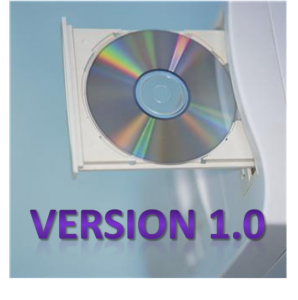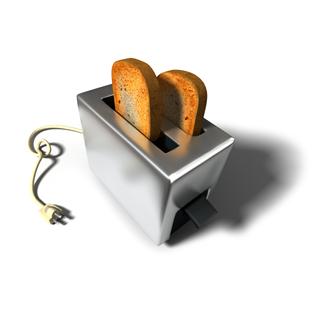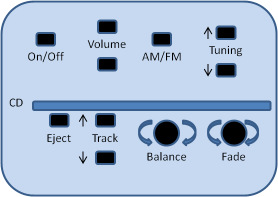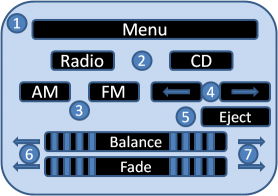I’m going to continue posting the materials from my Udemy.com online course entitled The Marketing Plan Seminar so that my followers can get a feel for the kind of work that I can do for them on a consulting basis. If you can’t wait for the installments to be posted you can order the complete course at http://udemy.com/The-Marketing-Plan-Seminar at any time. In the mean time, I hope you will enjoy each small installment and please do give me a call if doing so triggers something for you where I can be of help with an Instant Strategy Session or working with you longer term with the Monthly Mentoring Mode. Enjoy!
The Marketing Plan Development Process Flow

- This image goes with the accompanying video that is part of the online Marketing Plan Seminar. This is slide number 5.
This slide illustrates the seven major steps in developing your overall marketing plan. There may be intermediate or sub-steps required during plan development but these are the major ones. Have a good look and a good listen to this one. It is critical to your marketing planning success.
As you can see from the diagram, it’s important to consider both external input — from customers and market and competitive research — as well as your own internal constraints. But don’t let internal constraints alone limit your thinking. There may be ways around them that you’ll come up with as you develop your initial thoughts and plans.
Once the preliminary analysis is complete it is time to kick around the pros and cons of each idea and home in on the actual recommendations that will be implemented as tactics in your overall marketing plan. And don’t forget to include the mechanisms to periodically measure the results of your strategy so that you can continously adjust and fine-tune it based on what’s working and what’s not working as well as you’d planned.




